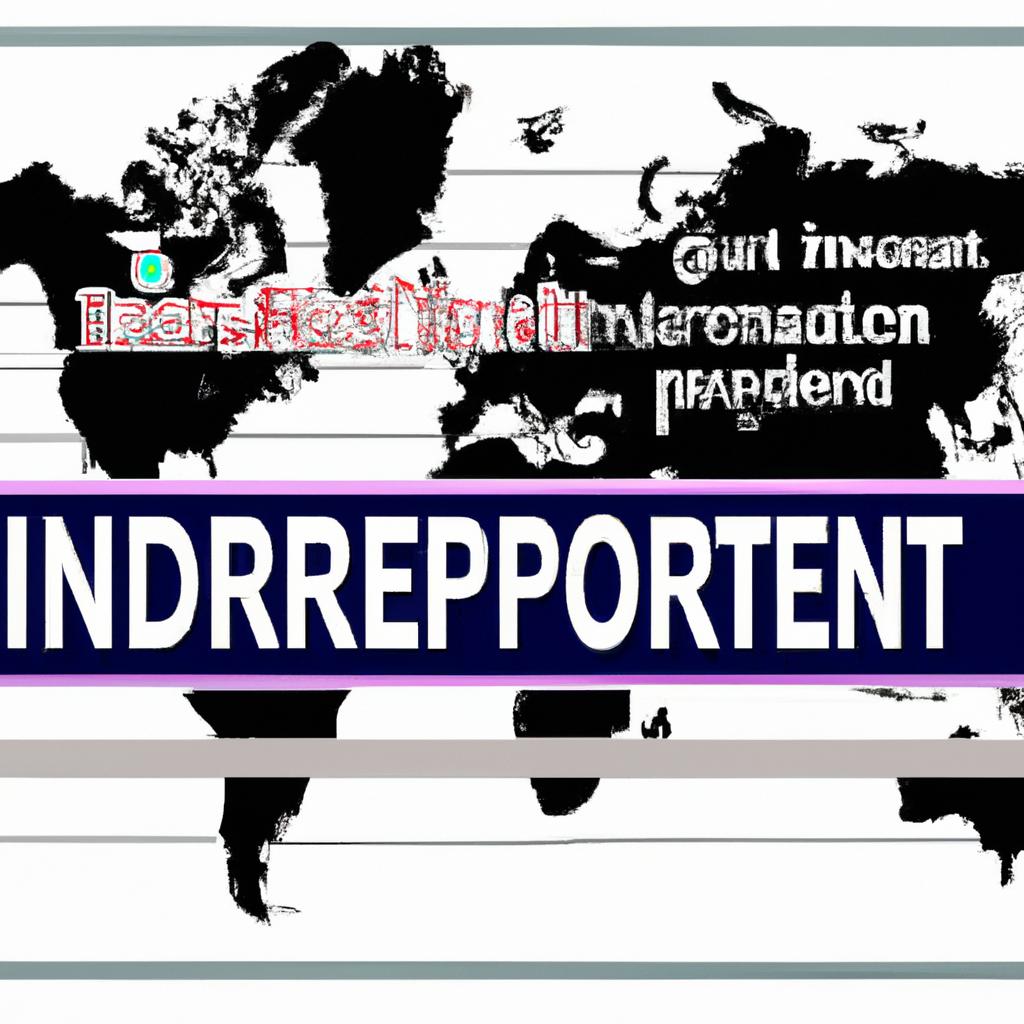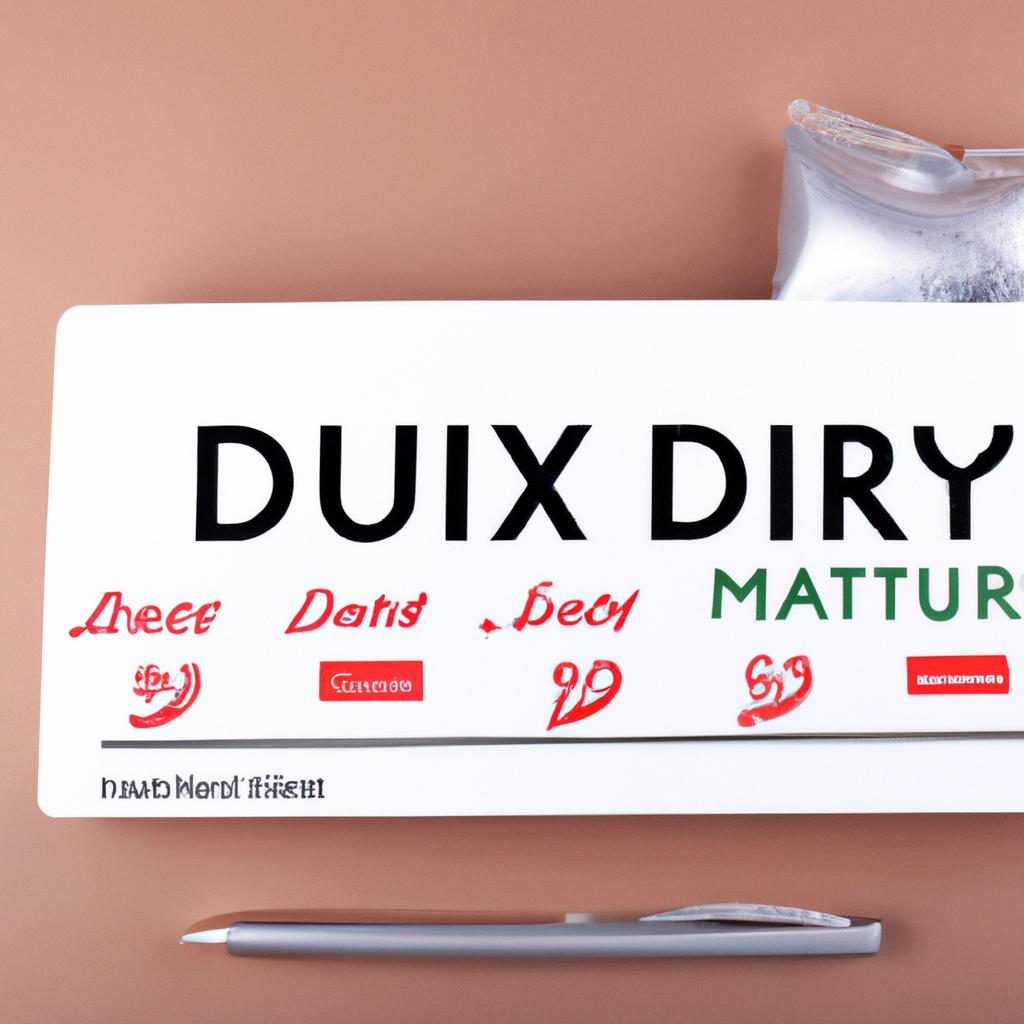In a world increasingly interconnected by trade and travel, the thrill of arriving in a new country is often tempered by the complexities of customs regulations. As we embark on journeys that span the globe, understanding the rules that govern what we can bring back home is essential. “Navigating Customs: A Guide to Import Restrictions and Duty-Free Allowances” aims to illuminate the intricate web of customs regulations that vary from country to country. Whether you’re a seasoned globetrotter or an occasional traveler, this guide will equip you with the knowledge needed to traverse the often-confounding landscape of import restrictions and duty-free allowances. From the alluring fragrances of international markets to the delicacies that tantalize our taste buds, being informed will ensure that your adventures remain joyful and free of unexpected surprises at the border. Join us as we delve into the essentials of custom laws, empowering you to make informed choices and enhancing your travel experience.
Understanding Import Restrictions and Their Impact on Travelers
Travelers often overlook the significance of import restrictions, which can vary greatly from one country to another, impacting what you can bring across borders. These regulations are designed not only to protect local economies but also to uphold national security and public health. Understanding these restrictions can help you avoid unexpected fines and delays at customs. Some common items that may face scrutiny include:
- Alcohol and Tobacco: These products typically have strict limits on quantity and may be subject to duties.
- Food Items: Certain fruits, vegetables, and meats can be banned to prevent the introduction of pests and diseases.
- Animal Products: Products derived from animals (e.g., fur, ivory) often face import bans due to conservation laws.
Moreover, understanding duty-free allowances can significantly enhance your travel experience. Many countries permit travelers to bring a limited amount of goods without incurring customs duties, allowing for more flexibility in packing. Below is a simplified overview of typical duty-free allowances:
| Item Type | Typical Allowance |
|---|---|
| Alcohol | 1 liter or 2 standard bottles |
| Tobacco | 200 cigarettes |
| Perfume | 50 ml |
| Gifts/Souvenirs | Value limit (varies by country) |

Maximizing Duty-Free Allowances: Tips for Smart Shopping
When it comes to shopping at duty-free stores, knowing how to maximize your allowances can significantly enhance your travel experience. First and foremost, it’s essential to understand the limits set by your home country regarding what you can bring back without incurring taxes. Each country has distinct regulations, so check them carefully before you shop. Here are some strategic tips for smart purchases:
- Plan Your Purchases: Create a list of items you genuinely want and need. This prevents impulse buys that can exceed your allowance.
- Buy in Bulk: If you know that certain items, such as alcohol or perfumes, are a fraction of the price compared to local stores, consider buying in larger quantities, as long as you remain within allowance limits.
- Check Prices in Advance: Do a little market research on the prices of items you wish to purchase in the duty-free store and compare them with prices at home.
- Use Allowances Wisely: Be strategic about your purchases. If you can share your allowance with traveling companions, it might allow you to pick up something special that you wouldn’t normally buy.
For your convenience, here’s a quick reference table that outlines common duty-free allowances for several popular destinations:
| Country | Alcohol Allowance | Perfume Allowance | Cigarettes Allowance |
|---|---|---|---|
| USA | 1 liter | 1 bottle (up to 3.4 oz) | 200 |
| Canada | 1.14 liters | 50 ml | 200 |
| UK | 1 liter | 60 ml | 200 |
By leveraging these guidelines, travelers can navigate the nuances of duty-free shopping with confidence and ensure they make the most of their allowances. Happy shopping!

Essential Strategies for Smooth Customs Clearance
Successfully navigating customs regulations necessitates a proactive approach. One of the most effective strategies is to thoroughly research import restrictions for the specific goods you intend to bring into the country. This involves understanding both local laws and international regulations, which can vary significantly. Engaging with customs authorities or utilizing their online platforms for the latest updates can help you avoid potential pitfalls. Additionally, consider working closely with a customs broker who can offer invaluable insights and assistance, ensuring that all paperwork is completed accurately and in a timely manner.
Preparation is crucial when it comes to customs clearance. Maintain a well-organized set of documents that contains the following:
- Commercial Invoice: Clearly details the transaction
- Packing List: Lists items and their quantities
- Bill of Lading: Serves as the contract between shipper and carrier
- Import Permits: Necessary for controlled or restricted goods
Furthermore, implementing a dedicated logistics strategy can expedite your clearance process. When practical, consider creating a simple customs compliance checklist to ensure nothing is overlooked:
| Checklist Item | Status |
|---|---|
| Compliance with Import Regulations | ✔️ |
| Correct Tariff Classification | ✔️ |
| Accurate Valuation of Goods | ✔️ |
| Appropriate Duty Payments | ✔️ |
To Conclude
As we draw the curtains on our journey through the intricate world of customs, it’s clear that understanding import restrictions and duty-free allowances is not just a matter of compliance, but a vital skill for the savvy traveler and conscientious importer alike. Navigating the complexities of global trade need not feel daunting; armed with this guide, you can traverse the landscape of customs with confidence and clarity.
Remember that each country has its own unique set of rules and regulations, and staying informed is your best strategy for avoiding unexpected hurdles. Whether you’re indulging in a bit of retail therapy abroad, shipping goods for personal use, or conducting business across borders, knowledge is your passport to a smoother experience.
So, as you embark on your next adventure or business endeavor, let this guide serve as a trusty companion. With a little preparation and awareness, the world of customs can become not a barrier, but a bridge to broader horizons. Safe travels and successful imports await—navigate wisely!
